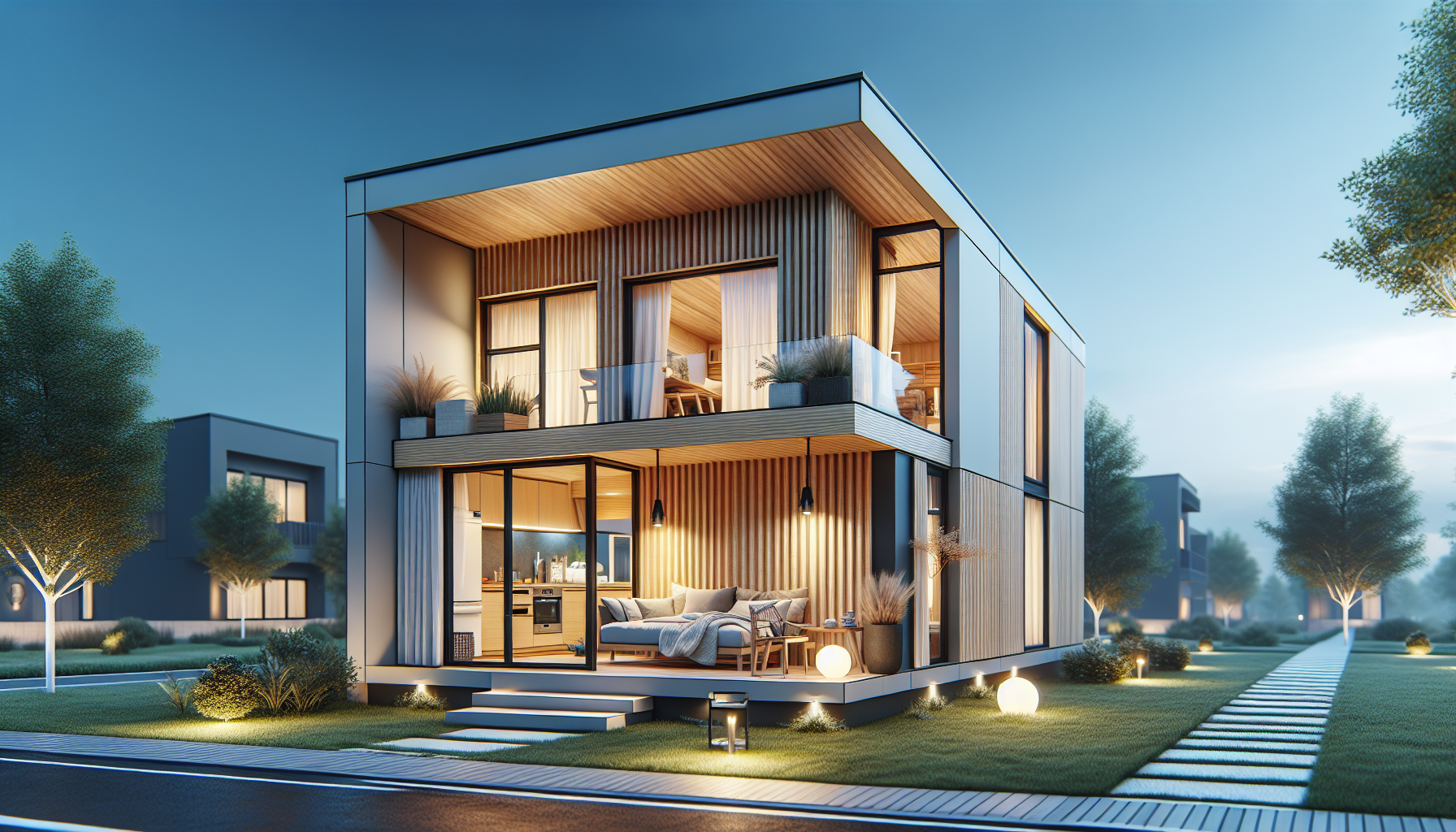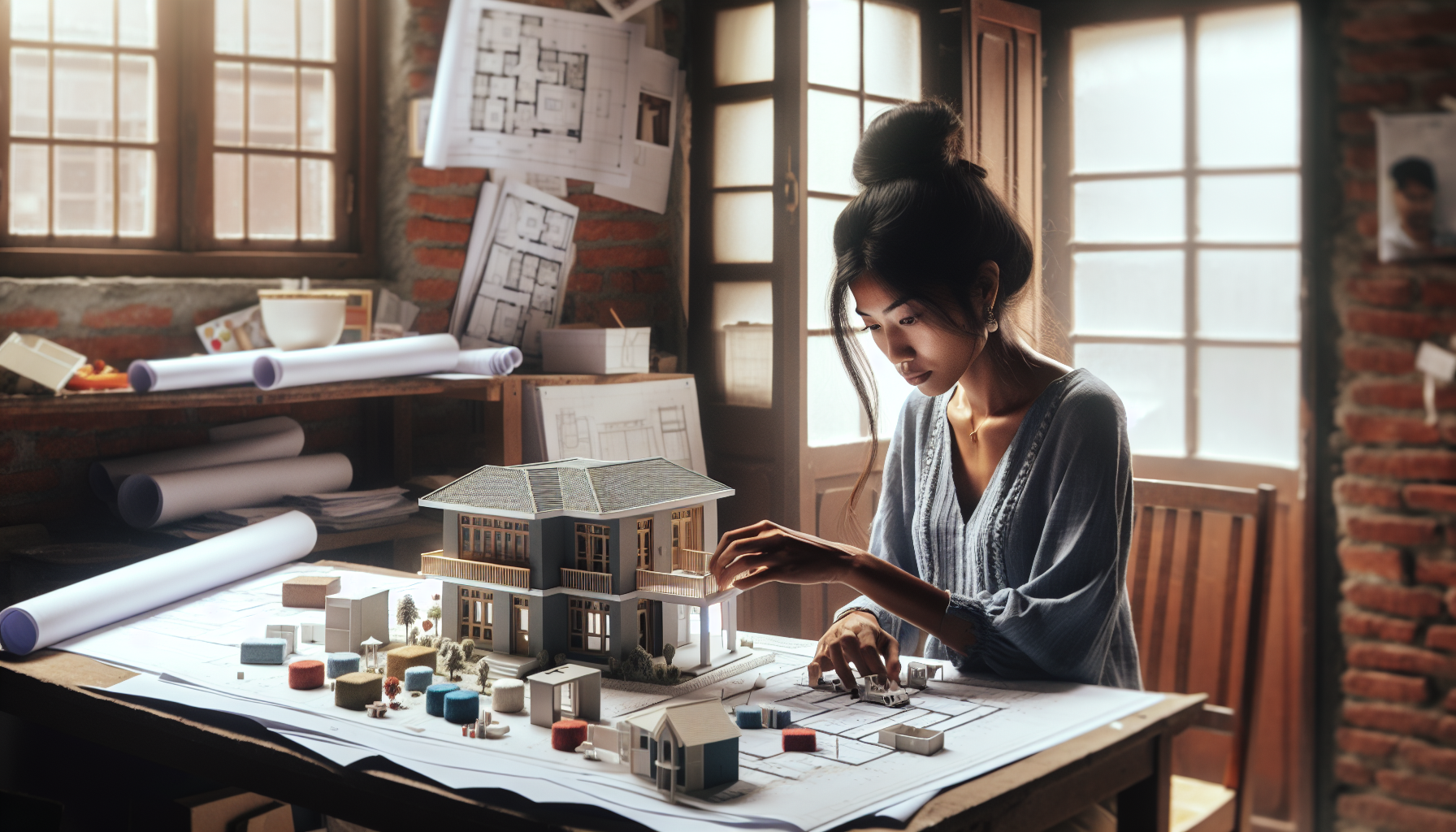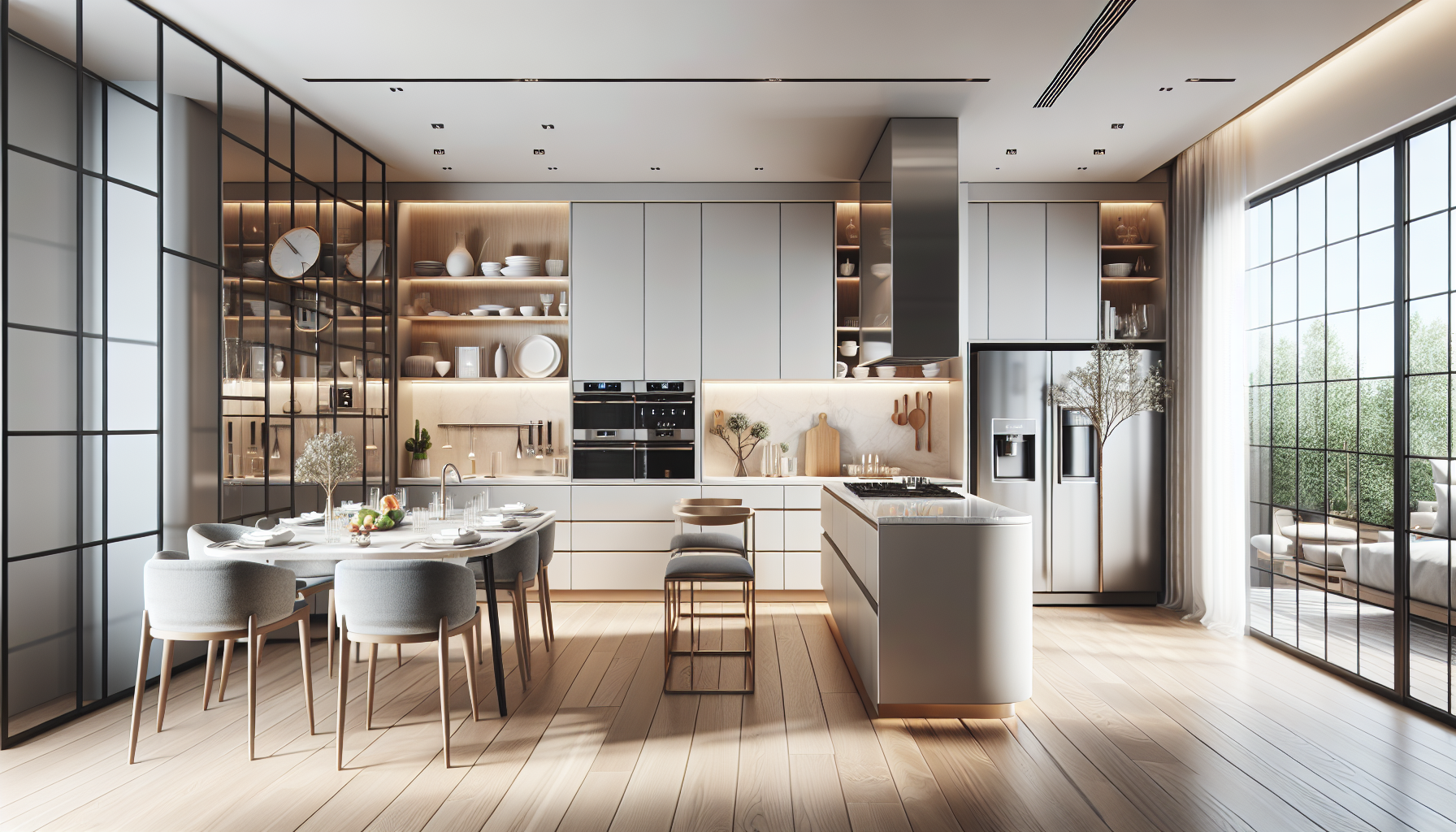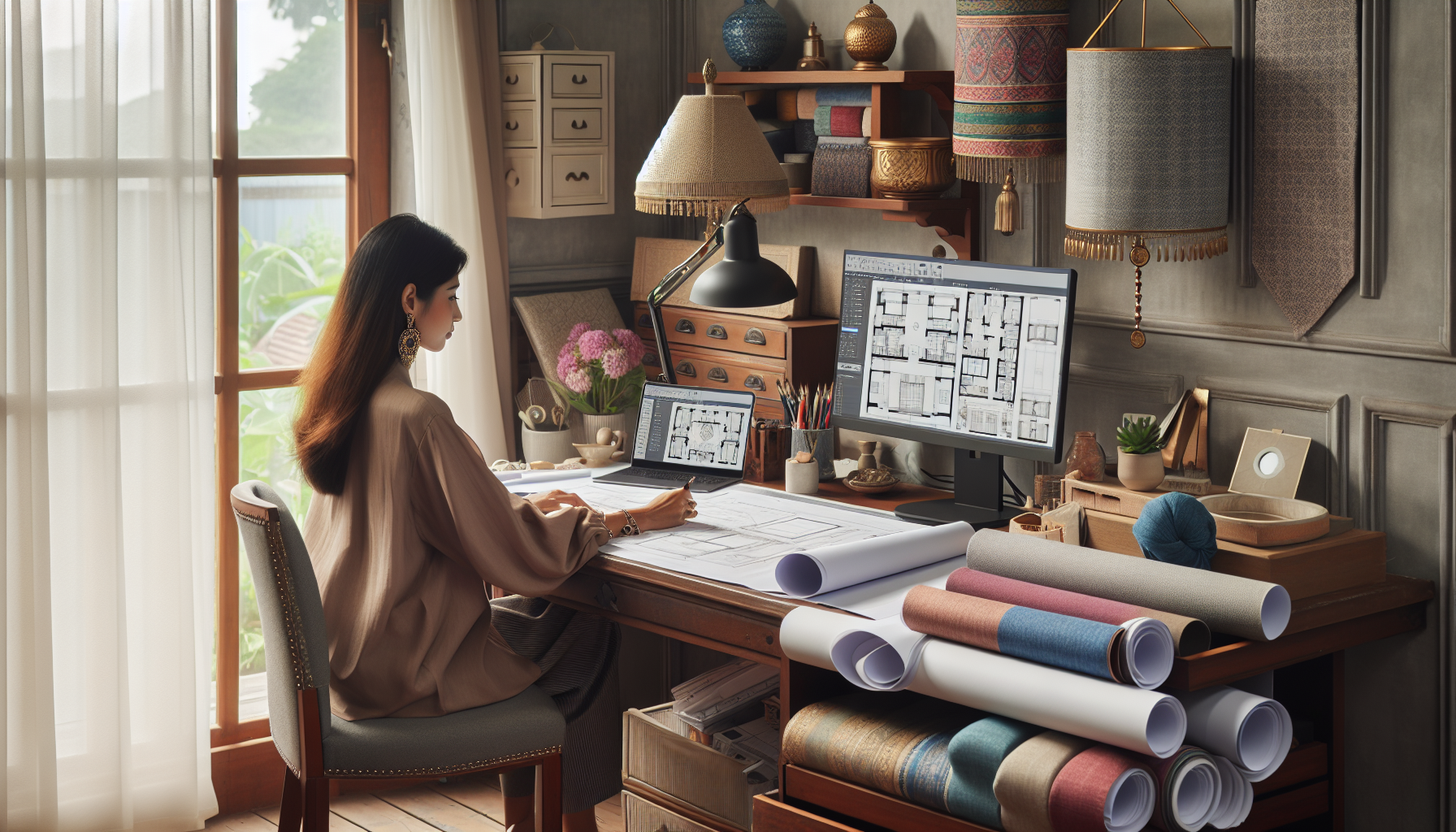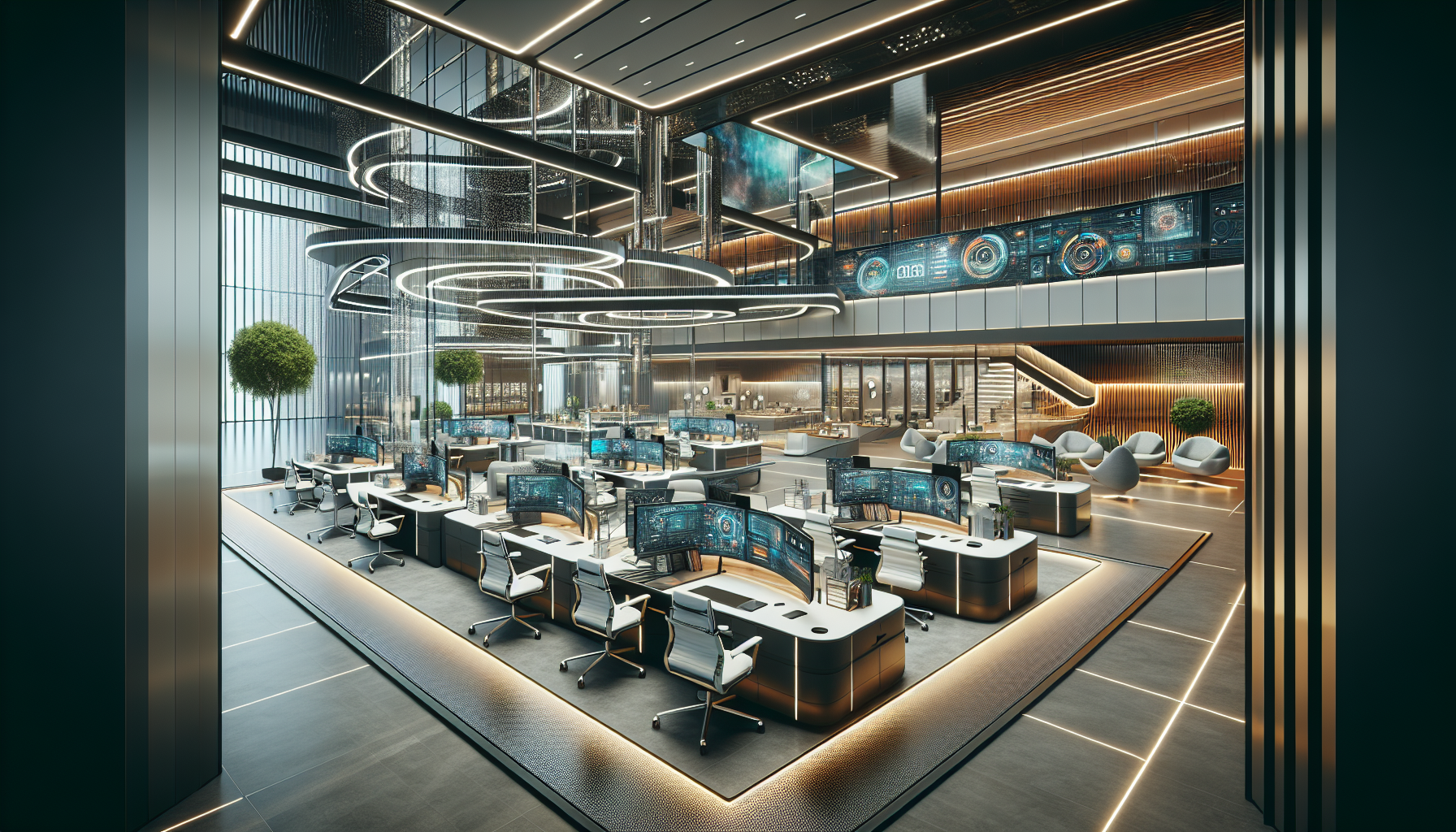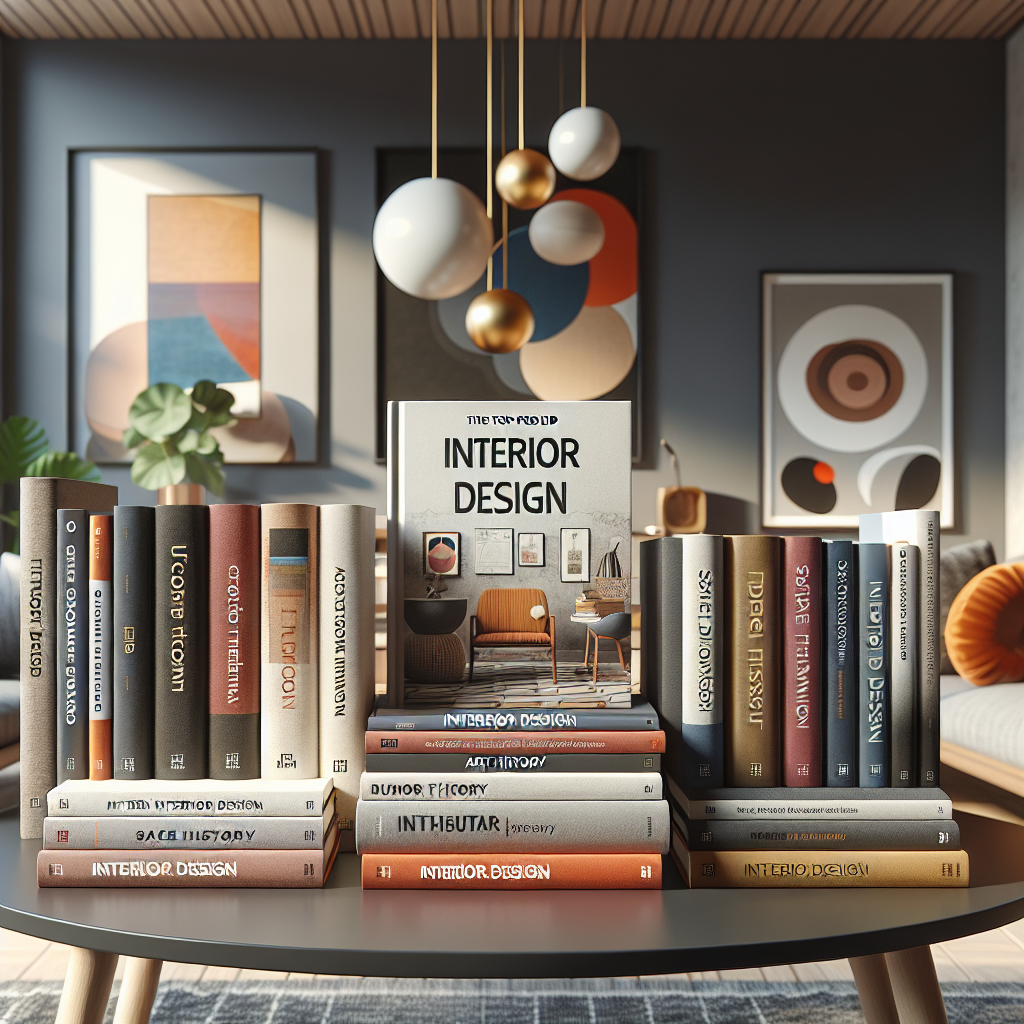Blending Tradition with Modernity: New House Design Trends in Nepal
Introduction
Nepal has seen a rise in modern and contemporary house designs in recent years, especially in major cities like Kathmandu. However, these new homes also thoughtfully incorporate aspects of traditional Nepali architecture and design. This harmonic blending of tradition with modernity characterizes many of the latest residential design trends in the country.
Factors Driving Demand for Contemporary New House Designs in Nepal
Several key factors are driving the growing demand for new and innovative house designs in Nepal:
Exposure to Global Architectural Trends
Increasing internet penetration, satellite television, social media, and foreign travel means more Nepalis are attuned to international design aesthetics and styles. Architects note clients often bring pictures of foreign designs wanting to incorporate similar features - clean lines, open layouts, smart home technology, and modern construction materials like glass, steel, and concrete. This exposure drives the integration of contemporary forms into new Nepali homes.
Desire for Functional, Flexible Layouts
Whereas traditional homes had small segmented rooms and closed-off living spaces, modern families desire more open and fluid arrangements. Multi-generational joint families want communal lounges and dining areas allowing everyone to gather. Contemporary layouts allow better illumination from skylights and large windows too. Homeowners also want to customize room functions, have accessible amenity spaces, and have smart home automation.
"We designed a central courtyard bringing light into all areas. Sliding partition walls also let rooms convert based on need." - Architect Shanta Balami
Interest in Sustainable Eco-Friendly Designs
Increasing environmental awareness means more Nepalis want sustainable, energy-efficient homes with minimum carbon footprint. Hence eco-architecture has become highly popular - integrating rooftop solar panels, green walls/roofs, natural ventilation systems, rainwater harvesting, natural building materials, etc. to reduce electricity usage.
Enhanced Seismic Safety
Since Nepal lies in a high earthquake risk zone, seismic engineering is paramount in construction. Reinforced concrete pillars, frames, and foundations along with structural steel bracings allow houses to withstand tremors. Homeowners want assurance of stability, hence ultra-modern earthquake-resistant builds using the latest tech.
However, most contemporary homes try to balance these aspects with maintaining the cultural context and essence of traditional Nepali architecture. Design elements evocative of the country's rich artistic craftsmanship also feature prominently in new houses.
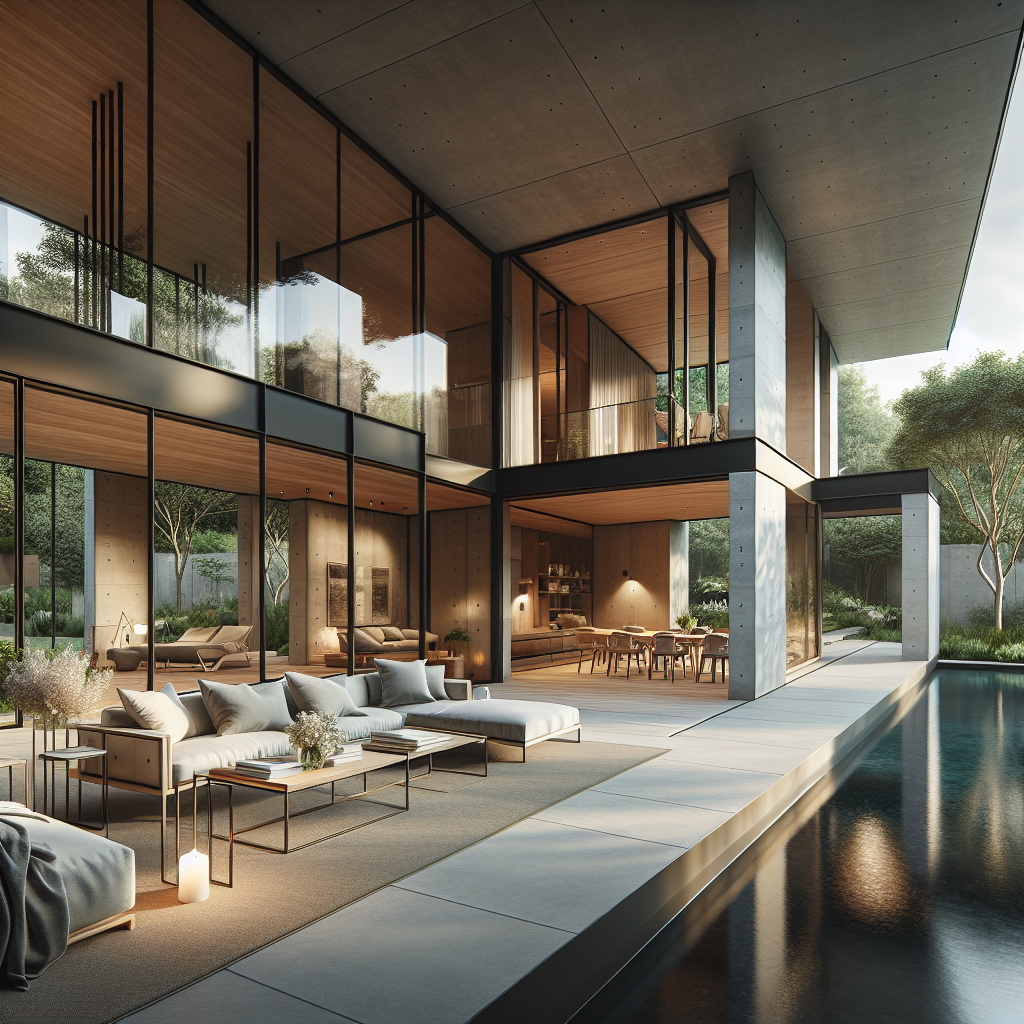
Trends in Design and Interior Design
Various trends characterize the design and interiors of new Nepali homes:
Blending Traditional and Modern Styles
Instead of wholly modern constructions, most houses artfully blend traditional decorative elements with contemporary aesthetics. For instance, the entrance might feature intricately carved wooden doors flanked by sleek concrete pillars. The living room may highlight a showpiece traditional wrought iron lamp hanging over a minimalist leather couch.
"We customized our home to honor Nepali crafts while having all modern conveniences." - Homeowner Goma Ojha
Spacious, Light-Filled Interiors
In earlier construction, small separate rooms predominated. Newer houses instead emphasize airy, open spaces immersed in natural light. Skylights, inner courtyards, and large windows eliminate dark corners. Free flow between living, kitchen, and dining fosters family interaction. Where privacy is needed, smart sliding partitions create adjustable rooms.
Sustainability and Energy Conservation
Eco-homes aim for net-zero or low energy usage through smart automation of lighting, AC, appliances, etc. Strategic orientations maximize solar gain for indoor thermal comfort naturally. Building materials like cob, adobe, and rammed earth maintain internal temperatures while rainwater harvesting reduces water usage.
"Our home's south facing windows, insulation, and automation help cut electricity costs by 65%." - Designer Sabita Malla
Revival of Traditional Motifs
Wooden jaalis (lattice screens), decorative pillars, intricately carved windows, and colored glass doors showcase Nepali craftsmanship in modernized forms. Stone courtyards, Chhajja eaves, welcoming verandahs, and ethnic garden elements also make a return. Cement floors may be replaced with classic brick or stone surfaces. The essence of Newar culture also stands revived by the style Renaissance.
"Our bungalow house honors Nepal's intangible cultural heritage through artisanal brickwork, hand carved wood lattices, etc. while having latest amenities." - Architect Santosh Baral
The interiors equally showcase a blend of modern and traditional. Smart minimalist furniture is placed beside intricate Paubha scroll paintings and handsomely carved stools. Modular kitchens open into welcoming family rooms with ethnic copper vessels. Luxury bathrooms have statement traditional wrought metal basins. The homes artfully reconcile old and new.
Regional Variations in House Design Trends
Based on climatic needs and cultural uniqueness, house design trends in Nepal's three distinct topographical regions differ:
Hilly Areas
The hilly areas like the Kathmandu Valley or Pokhara see more experimental contemporary architecture. Locally sourced stone, wood, and metal are coupled with reinforced concrete, brick, and glass. The homes balance traditional decorative woodwork, brick jaalis, and artistic stone courtyards with expansive windows, skylights, and eco-friendly features like solar roof tiles.
Terai Plains
In the flatter Terai plains, traditional construction of compact earthen or brick homes prevails. The newer variations add more open fluid spaces, angular designs, creatively placed windows, and luxurious amenities. Terai homes also widely adopt a "Vastu-friendly" design believed to optimize positive energy flows. Courtyards remain a staple gathering spot.
Himalayan Mountain Region
In the cold harsh mountain terrain, people historically built compact homes using stone, timber, and rammed earth to conserve warmth. The new iterations add insulation, passive solar techniques like sun-facing glazing, climate-responsive composite materials, and smarter room arrangements catering to family needs. Intricately stacked stone walls and wood lattices still feature decoratively.
Across regions, Nepalis take pride in their architectural traditions and wish to uphold their cultural identity. Instead of abandoning old styles, the trends showcase how to creatively blend heritage with modernity for uniquely Nepali next-gen homes.
Conclusion: Creating Thoughtful Fusions
Nepal's new home construction trends reveal a thoughtful bridging of past and present, showcasing how architectural traditions can fuse with contemporary directions without losing cultural identity. Instead of abandoning heritage wholesale for modern looks, the designers skillfully integrate them together.
The homes blend international styles that attract younger generations with classic Nepali ornamentation symbolic of identity. Layouts balance open multifunctional spaces flooded in light with protected verandahs for socializing. Courtyards seamlessly merge indoors with outdoors while hydroponic walls green the interiors. Solar roof tiles co-exist with intricately carved brick jalis.
Such sensitive fusions result in uniquely "Nepali contemporary" houses - embracing modernity and technological disruptions while staying rooted in tradition's wisdom and artisanal heritage. Instead of opposing forces, the dualities get reconciled into harmonious wholes.
As Nepali architecture evolves in the coming decades, it promises to organically incorporate emerging trends like biophilic biomimicry, algae facades, 3D printed housing, autonomous construction robotics, etc. while keeping cultural resonance. The dynamic blending of old and new creates homes that resonate with history's depth with the modern age's promising future.
This adaptive fusion of traditions and technologies can provide an inspiring template for how other domains too can become springboards for meaningful innovation instead of opposing the new. Nepal's building trends thereby carry profound lessons for the resilient evolution of crafts, businesses, and services for the 21st century and beyond while retaining their core identity.
